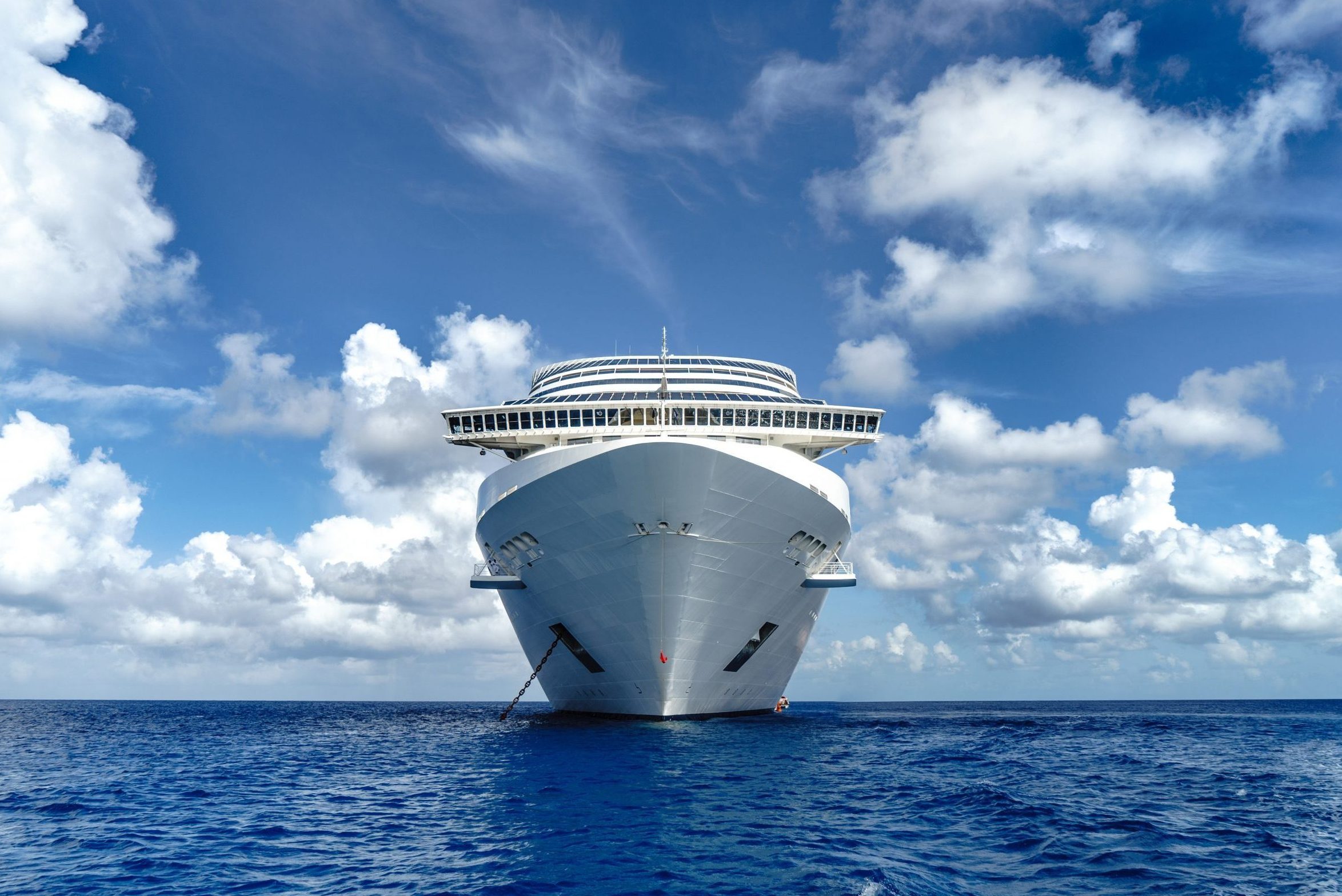Table Of Content

Thanks to sophisticated stabilization systems, modern cruise ships can ensure stability and avoid tipping over. Some of these systems, known as active stabilization systems, adapt to water and weather conditions. Gyroscopes, thrusters, and counterweights prevent the ship from swaying in the water. Modern cruise ships are equipped with ballast tanks, which help keep the ship upright.
How Much to Tip Room Service on a Cruise
Are cruises safe? What you need to know about cruise ship security - The Points Guy
Are cruises safe? What you need to know about cruise ship security.
Posted: Tue, 26 Mar 2024 07:00:00 GMT [source]
Cruise ships are designed not to be unstable or to tip over (capsize). The combination of a wide hull, (known as “the water plane area”) low centre of gravity, fuel, and ballast tanks filled with water keeps a cruise ship from tipping over in rough seas. It is theoretically possible for a wave to flip a cruise ship, but it would have to be an extremely large and powerful wave to do so. While storms and rough seas can create waves that can affect a ship’s stability, most cruise ships are designed and built to withstand these conditions. In fact, many cruise ships are built to withstand waves up to 30 feet (9 meters) in height, and some are even equipped with ice-strengthened hulls to allow them to sail in polar regions. This means that while cruise ships may experience some rocking and rolling in rough seas, they are generally able to stay upright and continue on their voyage without incident.

Paul Gauguin Cruises

These external forces can cause a ship to tip over or capsize if not properly managed. To ensure the stability of a cruise ship, engineers design the ship’s hull to be U-shaped. This shape helps to displace water evenly around the ship, creating a buoyant force that keeps the ship afloat.
The Shape of the Hull
In rough seas, cruise ships also take a number of precautions to ensure the safety of passengers and crew. They may also adjust their course to avoid the worst of the weather. Even though a cruise ship towers above the surface, its centre of gravity is far below the waterline. The heaviest equipment, engines, tanks with fuel drinking water and waste, all of this is at the very bottom of the ship on the lowest decks.
When Was the Last Time a Cruise Ship Tipped Over?
With such a low center of gravity, it’s difficult for an object of any size to topple over. The mid-sized cruise ship, which could carry over 800 passengers, was carrying approximately 700 students. However, on 26th January 2005, footage was captured of a mid-sized cruise ship, the MV Explorer, tipping heavily from side to side. Tipping seems even more likely when you realize only a relatively small portion of the cruise ship is underwater, typically only about 10% of its total height. While it is highly unlikely for a cruise ship to tip over, or capsize, there have been a few instances in which this has occurred. An unsafe cruise ship would significantly harm the cruise industry’s business, so they prioritize ensuring a secure and safe operation.
Safety Measures in Rough Seas
For example, Norwegian offers a complimentary Open Bar drinks package for travelers who book its Free at Sea promotion. That means two people sharing a room on a seven-night cruise would pay $308 in tips for an otherwise free drinks package — on top of their daily service charge fees. At most lines, you can pay your service charges before sailing (at the same time you pay your cruise fare).
Azamara, Seabourn, and Regent
However, some non-cruisers seem fixated on the unlikely possibility of a cruise ship capsizing. With a decade of firsthand experience in the cruising industry, I have developed a deep understanding of the intricacies and wonders that these majestic vessels hold. This number shows the importance of the advanced systems onboard. For example, the ability to pump water from one side to another. This technology is key in maintaining the balance of the ship and prevents it from tipping. Unlike Titanic, modern ships are designed super smartly to avoid these problems.
It proves that there’s a lot of science behind that smooth sail. Adherence to Stability Criteria and Regulations set forth by the cruise industry ensures that cruise ships are designed and operated to meet stringent safety and stability standards. Ballast Tanks are ingeniously used to help cruise float and stay upright. The ship can alter its center of gravity by adjusting the amount of water in these tanks. This creates an upward force that counteracts the downward force of the ship’s weight and effectively keeps the ship stable.
Silversea Cruises
Cruise ship operators try to prevent this by monitoring passenger movement and adjusting the ship’s ballast tanks if necessary. But even loaded with all this hefty cargo, a vessel is still filled with air, which makes it buoyant-capable of floating. Essentially, a cruise ship stays upright because they keep all of the heaviest equipment -- like the engines and whatnot -- below deck. This has the effect of keeping a low center of gravity and keeping the ship upright during unfavorable weather conditions. ” Cruise ships can tip to one side or the other if their stabilizers aren’t effective at countering large waves, although this is rare.
And with today’s computer modeling, cruise ship safety is light years ahead of just a few decades ago. The top part of the ship floats and maintains buoyancy, with the bottom part weighing it down. This balance is managed in the middle part of the ship to maintain its centering. The blend of technology and design ensures that these vessels can face the vast oceans with confidence. This peek into their workings not only satisfies curiosity but also reassures us about the safety and ingenuity behind cruise travel. In short, the ability of the ship to navigate shallow areas is limited by these factors which makes sure that it remains afloat without touching the sea bottom in less dense water environments.
However, there comes a point when even the stabilizers can’t maintain smooth sailing. 6 above and 3 below.Naturally lightest stuff on top and heavy below. Either they have small keel surfaces, or they are able to pull the keel inside the ship, because the draught in my city port is fairly shallow and yet they were able to get well inside the harbor. The concepts of Trim and List are central to understanding the ship stability mechanics.
Contributing factors included the captain and staff captain’s improper inputs into the integrated navigation system, while in high-speed, shallow waters, they failed to stabilize the ship. However, in the rare case that a cruise ship might tip over, here are a few possibilities for why that may occur. Stabilizers can be retractable and adjusted based on the ship’s speed and sea conditions. During sea trials – which occur well before a ship carries its first passenger – the vessels are put through almost every conceivable scenario concerning stability. The last instance when a cruise ship tipped over was on 13 Jan 2012.
Moreover, a cruise ship has safety standards and implements to keep this occurrence rare. Public decks have high railings that are measured, in such a way, that you won’t fall off if you lean over it even when on calm waters. Some people might worry that a huge wave – like those seen in movies – might cause a cruise ship to tip over or capsize.
Still, some people do leave a little extra for crew members who go above and beyond. Others tip their room service or waitstaff at their favorite bar, either early in the cruise in the hope of getting better service or at the end to thank them for enhancing the vacation experience. How much to tip extra on a cruise is entirely up to you because it is in no way required. Similarly, if you're on a higher-end ship that lists gratuities as being included in the fare, that means just what it says. You don't have to tip on these cruises because the line is already paying gratuities to the staff on your behalf. Some people also like to pay their service charges in advance for budgeting purposes.
This can amount to thousands of tonnes if you include all the engines and machinery combined with water and fuel tanks alone on large cruise ships totaling thousands of tonnes. Several design factors come into play in keeping cruise ships upright and in the event of rolling, ensuring they roll. Whereas modern-day cruise ships are built purely for leisurely purposes. The more decks and the higher the cruise ships can be created, the more paying passengers and facilities they can fit on board and ultimately make more money. In the days of the Titanic cruise ship (actually an ocean liner), ships were smaller and sleeker in design.
Ballast tanks play a crucial role in ensuring the stability of cruise ships. These tanks are located at the bottom of the ship and are filled with water to help distribute the weight of the ship evenly. This helps to maintain the water line and the water plane area, which are important factors in preventing the ship from tipping over. One of the most critical design elements of a cruise ship is its hull shape. Modern cruise ships typically have a U-shaped hull, which provides greater stability and buoyancy in rough seas. The U-shape hull design allows the ship to displace water more efficiently, reducing the risk of capsizing.

No comments:
Post a Comment